Minimally Invasive Surgery Program
Find your care
We treat pituitary tumors using the latest innovations in minimally invasive procedures. To connect with an expert in the pituitary tumor program, call 310-825-5111.
Minimally-Invasive ENDOSCOPIC Brain Surgery
UCLA neurosurgeons have pioneered the field of minimally-invasive endoscopic surgery, gaining expertise and experience with over 800 endoscopic surgeries performed over the past 15 years. The neurosurgical operating rooms at the UCLA Ronald Reagan Medical Center are among the most technologically-advanced endoscopic suites in the world.
Endoscopic neurosurgical operations regularly performed at UCLA include:
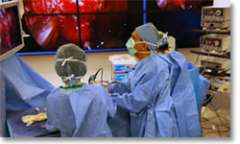
Endoscopic Endonasal Approach for:
- Pituitary tumors
- Meningiomas
- Craniopharyngiomas
- Chordomas
- Repair of cerebrospinal fluid leaks
Ventricular Endoscopy for:
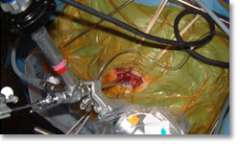
Endoscopic Evacuation of Hematomas
Endoscopic-Assisted
- Trigeminal neuralgia
- Hemifacial spasm
- Vestibular nerve section
Minimally-Invasive SPINE Surgery
Surgeons at the UCLA Comprehensive Spine Center regularly employ minimally-invasive surgical techniques for state-of-the-art management of patients with spine disorders. These procedures decrease discomfort and shorten hospital stays.
Minimally-invasive spine procedures include:

- Microdiscectomy
- Laminectomy
- Lumbar fusion
- Pedicle screw placement
- Thoracic discectomy
- Posterior cervical discectomy
- Artificial disc
- Spinal mass and tumor resection
- Kyphoplasty
ENDOPORT Approach for Brain Tumors
UCLA neurosurgeons are experts in minimally-invasive microcraniotomy approaches for the removal of selected brain tumors. Some brain tumors located deep within the brain can be reached using a special tube, called an endoport, less than ½" in diameter. The endoport is less traumatic to the brain compared to traditional techniques, and when combined with advanced neuronavigation techniques available at UCLA, can result in fewer neurological deficits.
Disorders that can be treated include:
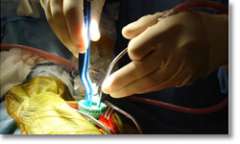
Non-Invasive STEREOTACTIC RADIOSURGERY
UCLA neurosurgeons were instrumental in the development of the Novalis Shaped-Beam Surgery system - now considered the gold standard for shaped-beam radiosurgery. Stereotactic radiosurgery is a non-invasive, outpatient procedure.
Conditions that can be treated by stereotactic radiation include:
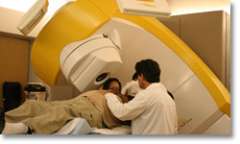
- Arteriovenous malformations (AVMs)
- Benign Skullbase tumors
- Pituitary tumors
- Primary malignant brain tumors
- Metastatic brain tumors
- Spinal tumors
- Trigeminal neuralgia
DEEP BRAIN STIMULATOR Implantation
The ultra-precise placement of micro-electrodes deep within the brain has revolutionized the treatment of many disorders. This minimally-invasive technique has dramatically improved the quality of life of thousands of patients with movement disorders.
UCLA neurosurgeons are able to help selected patients with:
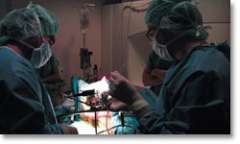
KEYHOLE Eyebrow-Incision Brain Surgery
UCLA neurosurgeons are experts in minimally-invasive microcraniotomy approaches for the removal of selected brain tumors. By hiding the incision in the eyebrow, UCLA neurosurgeons can remove tumors that would otherwise require a long scalp incision and larger bony opening.
Disorders that can be treated using a keyhole approach include:
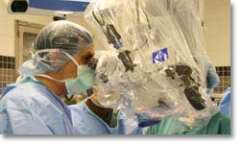
Minimally-Invasive COIL Treatment of Aneurysms
UCLA doctors are world experts in the endovascular treatment of brain aneurysms (as well as arteriovenous malformations, or AVMs). By placing special coils within the aneurysm by an endovascular route ("through the blood vessels), open surgery can be avoided.
Disorders that can be treated using endovascular approaches
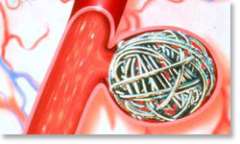
- Cerebral aneurysms
- AVM (arteriovenous malformations)
- Stroke
- Meningioma (preoperative embolization)